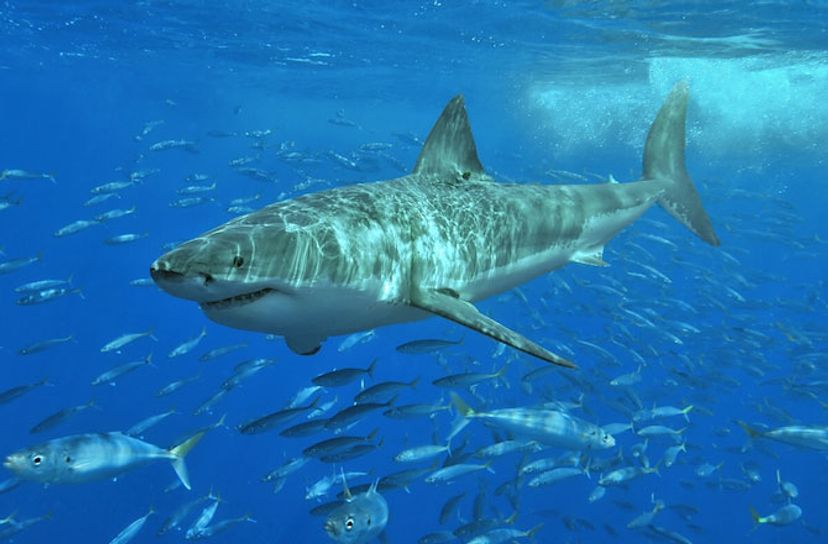
About This Quiz
They are notoriously savage and bloody when they attack, but behind a sharks' vicious reputation is a variety of different shapes, sizes and demeanors. Learn all about the different types of sharks.The oldest discovered shark fossils date back more than 300 million years, before the existence of dinosaurs. Some modern-day shark species have had the same basic physical traits for the last 150 million years.
When most of us think of sharks, we probably think of the most famous species, the great white shark. With their tall dorsal fins rising out of the water and torpedo-shaped bodies, great whites conjure up images of Jaws, predators of the sea with a ferocious set of teeth and deadly attacking ability. But a great white shark is just one of hundreds of species. In fact, there are currently more than 400 species of sharks, and they come in a variety of sizes and shapes.
Unlike fish, who have bone skeletons, sharks have skeletons made of cartilage, the flexible, low-density material humans have in their noses and ears. Because it has a low density and is sturdy, a cartilage skeleton makes sharks relatively lightweight and able to navigate waters without sinking.
Advertisement
While a shark's side fins are analogous to an airplane's main and horizontal tail wings, allowing it to move up and down in the water, its dorsal fins are analogous to a plane's vertical stabilizer wing, allowing the shark to maintain its balance and turn left and right as it knifes through the water.
Sharks have a directional sense of smell, so if they smell blood from the left, they smell it with their left nostril first, and if they smell blood from the right, they smell it with their right nostril first. They also have an outstanding sense of smell and are able to detect a single drop of blood in an Olympic-sized pool.
How well a shark sees depend on the type of shark. Sharks that have bigger eyes and swim at the bottom of the ocean may have better eyesight than those that are less active and swim near the surface. Because sharks have an eye on either side of their head, however, all species have a relatively wide field of vision.
Advertisement
Scientists are still puzzled by sharks' ampullae of Lorenzini, small clusters of electrically sensitive cells located under the skin on a shark's head. The cells in a shark's ampullary organs are connected to pores on the skin's surface via small jelly-filled tubes, allowing sharks to have a sense of electrical fields a few feet in front of their nose to hunt for prey.
While most animals have a lower jaw that moves freely and an upper jaw attached to the skull, sharks have upper jaws that sit below their skulls and can detach when they attack their prey and open their mouths fully.
Whale sharks are the largest species, but they're also one of the least aggressive sharks in the sea. They can grow to be more than 45 feet long in some instances, but they don't have the bloodthirsty reputation of many of their peers. Whale sharks, which don't have the razor-sharp teeth or deadly disposition of other large sharks, feed mostly on plankton.
Advertisement
Some sharks can live to more than 100 years old, but this is the exception to the rule. Most live between 25 and 30 years, rarely reproducing and having a relatively small batch of shark pups when they do reproduce.